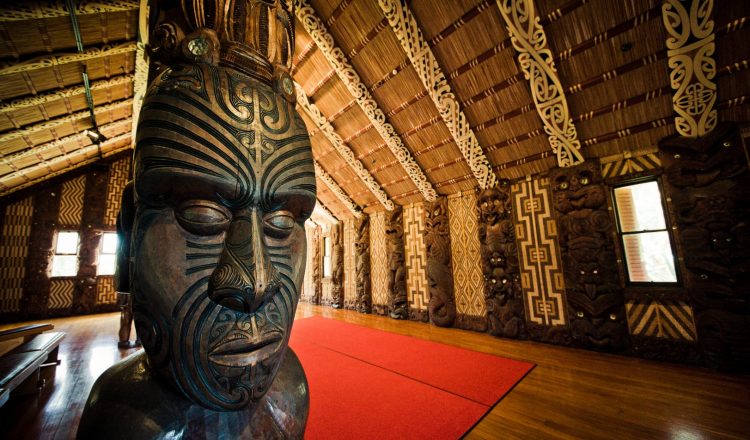뉴질랜드 문화 소개
비록 인구수는 5백만에도 미치지 못하지만 뉴질랜드는 지구상에서 가장 독특하고 다양한 문화를 자랑하고 있습니다. 흔히들 광범위하고 역동적인 문화가 공존하기 때문에 사람들 사이에서 마찰이 생길 거라고 생각하기 쉽지만 뉴질랜드가 발전해 나감에 따라 이것은 사실과 다르다는 것이 입증되었습니다.
뉴질랜드 사람들
뉴질랜드는 지리적으로 동떨어져 있기 때문에 지구상에서 사람들이 가장 나중에 정착한 곳 중 하나가 되었습니다. 최초 정착민은 1200년대 후반 폴리네시아인으로 알려져 있습니다. 이들의 전통은 뉴질랜드 군도에 퍼지면서 독특한 마오리 문화로 발전하여 다양한 천연자원을 마음대로 활용할 수 있게 되었습니다.
두번째 정착민은 주로 1800년대에 신대륙 발견을 위해 전 세계를 여행한 유럽인들이었습니다. 마오리어로 파케하(Pākehā)라고도 불리는 이 유럽인들은 현대 뉴질랜드의 인구 중 가장 많은 수를 차지합니다. 유럽인들과 마오리이들 간에는 차이와 갈등이 있어왔지만 시간이 지남에 따라 긍정적인 관계로 이어졌습니다. 이는 1947년 영국으로부터의 독립 이후, 이 둘 사이의 문화가 서로 스며들면서 가장 두드려졌습니다.
키위 문화
이렇게 서로 화합한 뉴질랜드 사람들 또는 ‘키위들’로 불리는 이들은 정치와 문화에 대한 열린 마음과 진보적인 모습으로 더욱 유명해졌습니다. 뉴질랜드는 1893년에 여성들에게 투표권을 부여한 최초의 국가였으며 공정성과 포용성을 우선시하겠다는 의지를 지속적으로 보여왔습니다. 그러나 뉴질랜드 사람은 공정성뿐만 아니라 친근함과 실용주의로도 잘 알려져 있습니다. 뉴질랜드 사람들은 새로운 세상을 개척했던 조상들로부터 불과 몇 세대 떨어져 있기 때문에 현대에 접어들어서도 조상들이 그러했던 것처럼 남을 도우려는 근면한 태도와 의지가 강하게 이어져 오고 있습니다.
뉴질랜드는 마오리와 유럽뿐만 아니라 진정한 문화 용광로(melting pot)으로 거듭날 수 있었던 배경은 이처럼 우호적이고 친근한 모습 때문입니다! 최근 몇 년 동안 뉴질랜드 내 아시아인 인구가 통계적으로 상당한 성장세를 보이고 있습니다. 아시아계 뉴질랜드 사람들 대부분은 뉴질랜드의 기존 문화, 특히 마오리 문화와 공통점을 많이 가지고 있음이 밝혀졌습니다. 웃어른을 공경하고 낯선 손님들을 환대할 뿐만 아니라, 일부 동남아시아 사람들의 경우에는 (마오리)전통춤을 보면서 고향을 연상시킵니다.
이렇게 개방적이고 다양한 키위 문화의 성공 요소로써 공유를 꼽을 수 있습니다. 무용, 조각, 문학과 같은 예술은 물론이거나와 서로의 정신을 공유하고 심지어 언어도 공존합니다. 뉴질랜드의 국가인 ‘God Defense New Zealand’에서 이를 잘 살펴볼 수 있는데 이 국가는 영어와 마오리어로 불리우며 이로써 민족의 화합을 보여주기 때문입니다.

















































